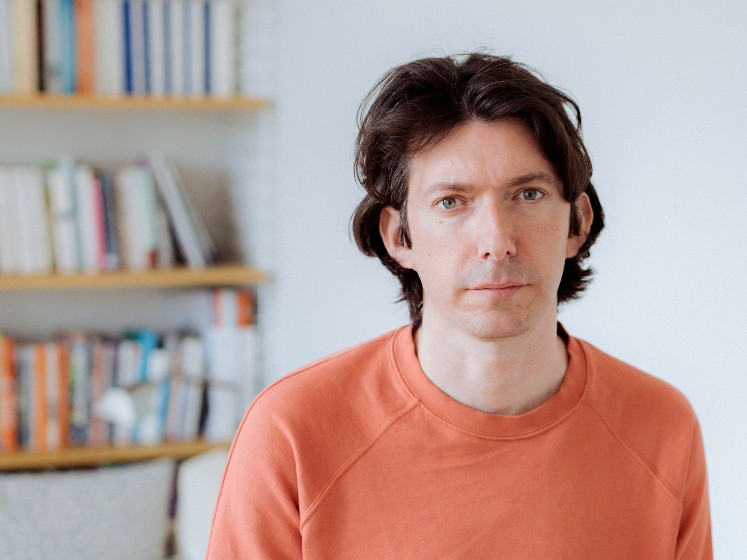 Rob Sharp video
Watch the video with Rob Sharp (photo by Grey Hutton)
Rob Sharp video
Watch the video with Rob Sharp (photo by Grey Hutton)
What is your research about?
I’m looking into the possibility that a participatory creative process – one where power over decision making is shared – gives asylum seekers a greater stake in democracy, and the increased possibility of feeling recognised.
That includes being recognised in terms of self-esteem and solidarity, but also recognised in a civic sense. In order to do this, I worked on storytelling activities with those going through the asylum system in areas where people have been dispersed by the British government. I’m now working to understand those stories and study the decisions surrounding their creation.
Why are you doing this research?
The demonization of refugees and asylum seekers - both socio-culturally and in the media - is evidenced through practices such as stereotyping and ‘Othering’. In the UK people have faced draconian immigration policies, Brexit and now a pandemic which makes existing inequalities worse.
These issues are heightened in moments of constructed ‘crisis’ and also in mainstream political discourse, especially during recent elections worldwide.
Deconstructing these ideas, there are multifaceted problems with them – democratically, ethically and with regards to human rights. Asylum seekers might be personally misrecognized , experience racism or other forms of prejudice and injustice.
Due to my background as an arts journalist, I was interested in art’s potential in particular as a creative form of ‘alternative’ communication. Participatory art is often described as an antidote to these issues, both therapeutically and sometimes politically.
What was your methodology?
I worked over a number of months with two community centres, one in Cardiff, Wales and one in Gateshead, in the North East of England.
My initial plan was to run a series of participatory digital journalism workshops but for various reasons – including people’s fears of surveillance – I reworked these in collaboration with the community centres and participants.
I ended up working with around 60 people across both centres from countries including the DRC, Iran, Iraq, Saudi Arabia, Syria, Kurdistan, Senegal, Chad and Turkey.
The participants produced a mixture of storyboard material, digital videos, creative writing, group storytelling activity, drawings and animations. They worked on their own or with artists including Angela Kennedy and Chris Alton.
Material created was exhibited at the ‘Made in Roath’ exhibition in Cardiff and the ‘In Solidarity’ exhibition at the NewBridge Project in Gateshead, in autumn 2019. Where possible, people were paid for their labour.
I later returned to Gateshead, with the LSE Communications Division, to ask participants to reflect on the process, and produce some participatory graphics with animator Ignatz Higham and James Rattee from the LSE’s film team to create film on how we can better understand refugee and asylum seeker stories.
What are your key findings?
I am still writing up my research but one chapter will consider the forms the stories took and another will explore the context in which these stories were told.
It has been interesting, if sometimes troubling, to see how different people use narrative to deal with their experiences, and construct identities within what is often a very precarious legal situation.
In terms of decisions, there will always be difficulties in making something completely participatory in these contexts, and the power dynamics are complicated. The degree to which participation worked, depended on the story’s form, content or process.
It’s also interesting to think about whether media produced in these situations can be considered ‘alternative’, and critical, given people’s circumstances. That is not to say that the people who worked on this project were not incredibly brave, inspiring and resilient.
Looking back, at the beginning of the PhD, I assumed voice and recognition were always packaged together, but listening to my participants, it’s also very possible to feel recognised independently of having certain kinds of voice.
Many of us would like more of a stake in our democracies, but plenty of us feel recognised in terms of self-esteem and solidarity in spaces outside the political mainstream.
Watch the film: ‘Beyond Heroes & Villains: How can we better understand refugee & asylum seeker stories?